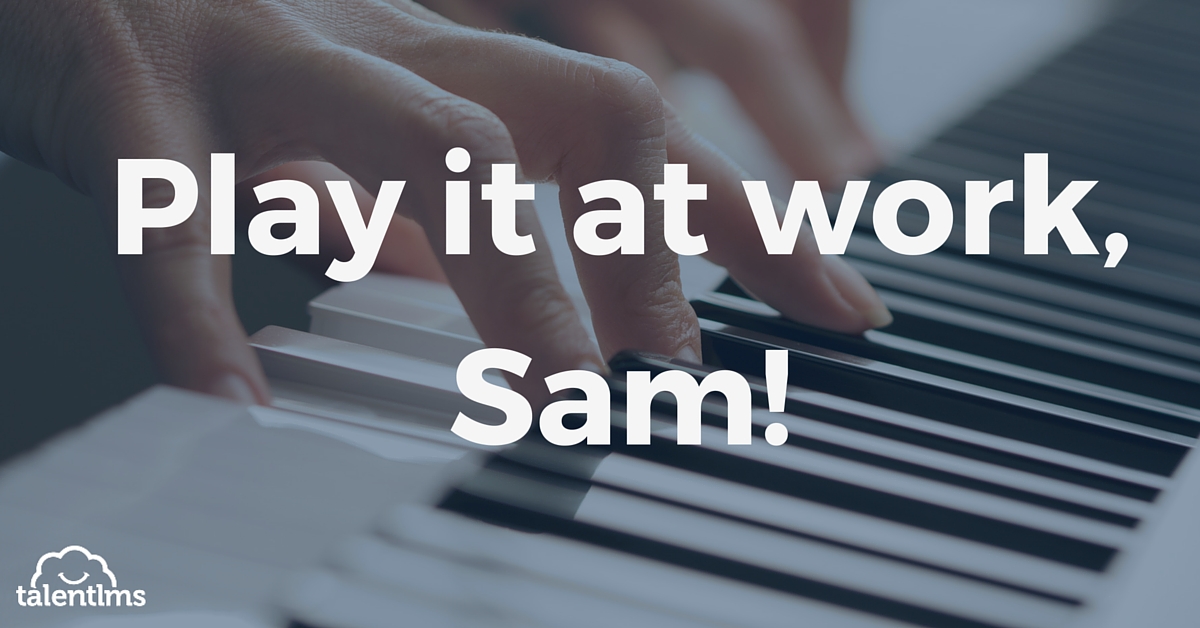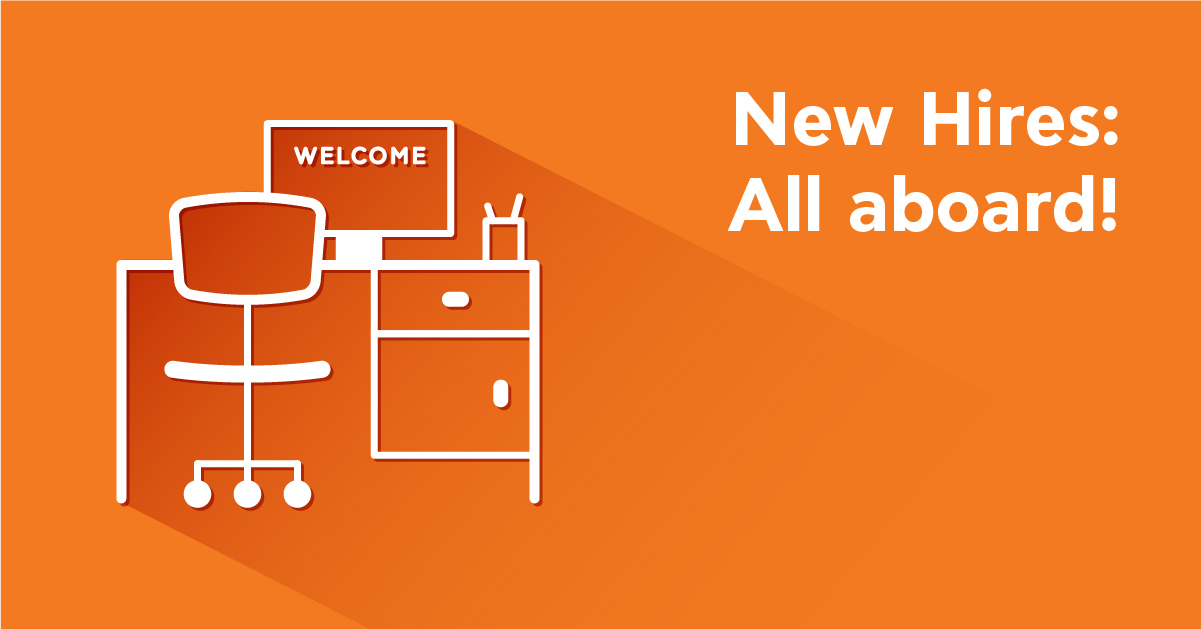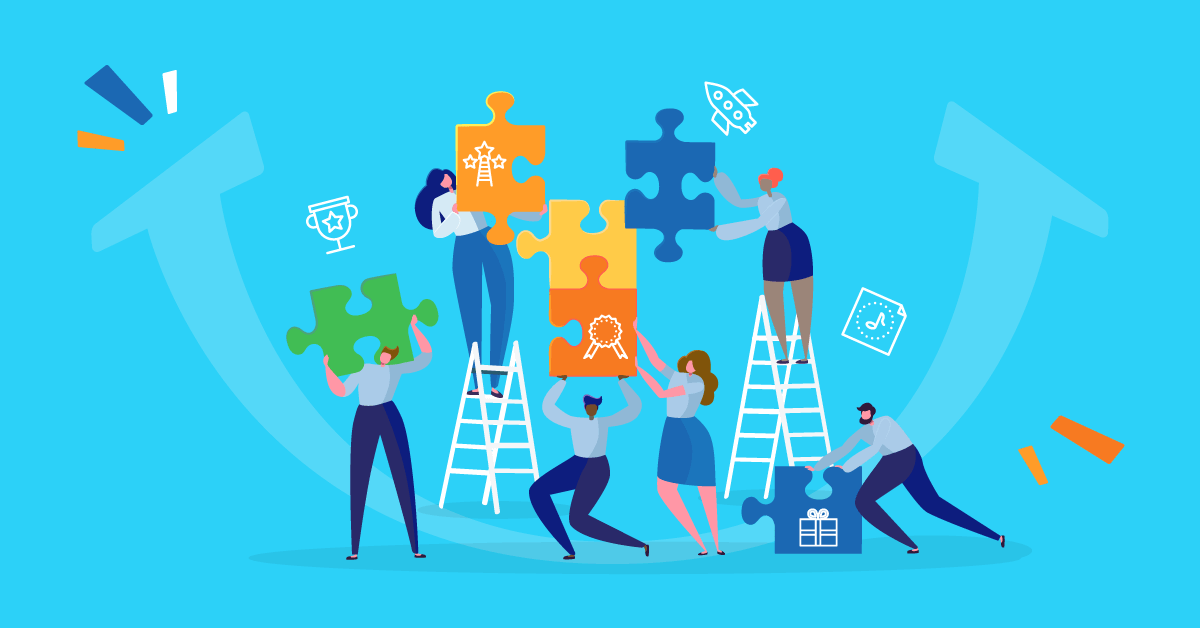When it comes to using gamification for employee training in business to change behavior, employee-facing programs have a decided advantage over external, consumer-facing undertakings. Where consumer-facing gamification must compete with a multitude of daily distractions for the attention of consumers, employee-facing programs have an established audience who will behave in predictable ways every day.
In some senses, corporate training gamification also promises a bigger return on investment. If employees can be better motivated to complete tasks, improve their skills through professional development, and support other employees, then a business stands a much better chance of flourishing due to its focused workforce.
Gamification In Corporate eLearning And Training
Consequently, the gamification of learning for the purpose of motivating employees (and employee motivation in general) has become a far more discussed topic than using game elements to motivate consumers.
So how, specifically, should you deploy game elements to level up the engagement of your workforce? First, you must identify what set of behaviors you would like to change, and then set up goals to track the impact of gamification on those behaviors.
Once you’ve outlined your strategy, consider how complex you would like the gamification system to be. In theory, gamification is an incredibly broad term, and it doesn’t always deal specifically with software.
However, for the purposes of the employer, three tiers of gamification in corporate training can be identified, each with varying levels of complexity, different use cases, and distinct elements.
Level 1: Progress-Based Gamification in Corporate Training
Progress is one of the most motivating elements of gameplay. As a player completes tasks in a game world, some type of progress is signified, which in turn encourages more play. Progress is a similarly powerful motivator in the business world, though its use in employee gamification is narrower than in full-fledged video games (as is every game element).
Most often, gamification that plays on progress to motivate employees takes the form of software interface elements, such as points, badges, and progress bars. When an employee accrues points for completing a task, they feel a sense of progress, as if their manager were standing over them patting them on the back.
Another example would be in eLearning, where employees complete a series of courses and make progress toward a conclusion. In this context, a sense of progress is very important; it’s all too easy to lose interest or get discouraged because the training courses are too extensive. Here, progress bars are effective to visualize progress throughout the curriculum, or badges are useful for signifying accomplishments.
Progress is used in more complex forms of gamification as well, but this type of interface-based gamification is best used to motivate less creative work, like completing paperwork or a series of educational modules. These tasks strain the attention because they can become monotonous. Gamification helps keep the experience enjoyable.
Level 2: Social-Based Gamified Learning
As evidenced by the massive communities online games like “Halo” and “League of Legends” command, games have a tremendous ability to bring people together. And the motivational appeal of community, recognition, and autonomy is not diminished when taken out of a game context.
Social media is the most prominent example of this form of gamification. The autonomy users have to publish nearly anything and everything engenders a great sense of motivation among users, as does the recognition they receive when they post something their community finds popular.
Again, the proof for this type of gamification can be found in the worldwide user-base for the most prominent social networks. So it’s no surprise the popularity of enterprise social networks is on the rise. By creating an organization-wide community on these platforms, employers give their workforce a place to interact with coworkers like they would with friends outside the office.
While this will likely result in an uptick in morale, the real business case for such gamification is made in terms of collaboration. The limitations of email for employee collaboration are well known, and an effective internal social network will supply plenty of tools to communicate and share information — all while reinforcing the collaborative behavior with the tried and true game elements of recognition and autonomy.
Level 3: Full-Fledged Games
The final tier of employee gamification is actually full fledged games, like the Army uses to train soldiers or the University of Washington used to help scientists fold digital versions of proteins to better understand their structure.
Here, the line between gamification and games blurs, which can lead to a lot of semantic jostling — very little of which is productive or useful to the vast majority of professionals tasked with improving the motivation of their peers or employees.
What’s important to know about a custom-built gamification platform is that it requires significant resources but also promises spectacular rewards. For example, Fold-It, the game developed by the University of Washington, boasted contributions by over 50,000 players, which eventually lead to significant progress in understanding certain protein structures.
***
If you think an immersive gamification LMS would work for your organization, be sure to match it up to a strong business case. Truthfully, most employee-facing gamification will fall into (or combine) the first two categories.
Though they are perhaps less exciting than a complex interactive game, the staple game elements of progress, recognition, and community are still effective methods for motivating employees. Use them wisely, and you’ll be well on your way to raising the engagement level of your workforce.
Author Bio
Aleksandr Peterson is a technology analyst at TechnologyAdvice. He covers marketing automation, CRMs, project management, human resources, and other emerging business technology. Connect with him on LinkedIn.
| Tags: Employee Training,Gamification




Leave a Reply